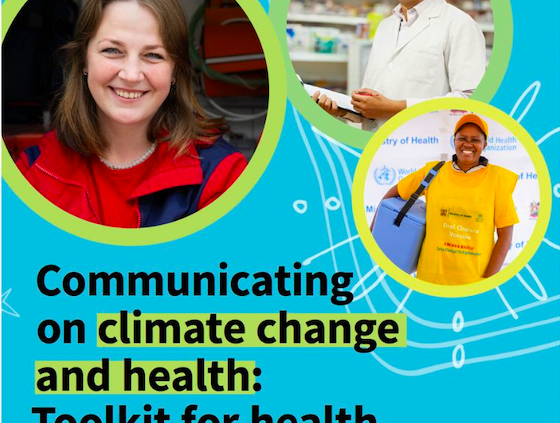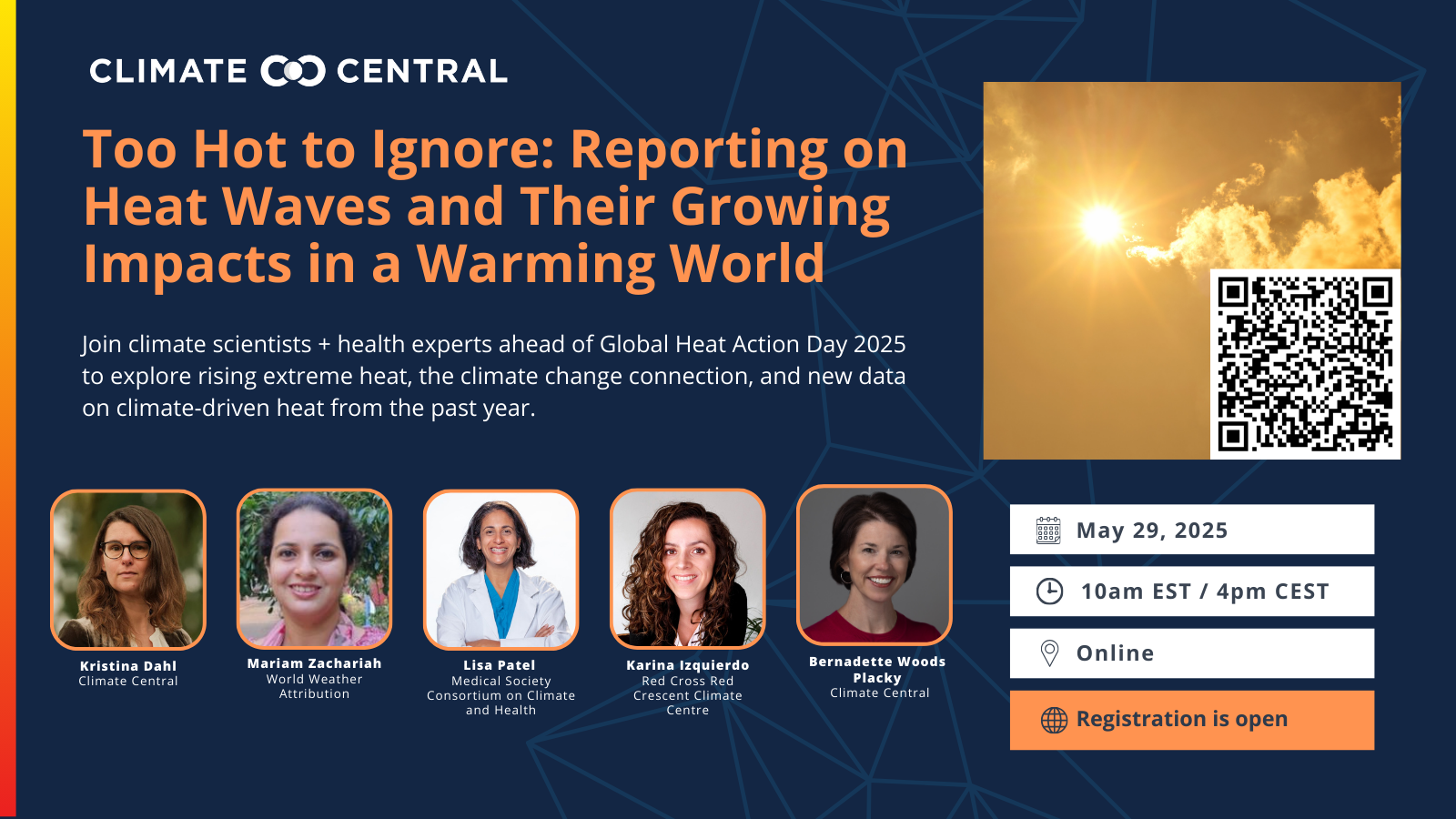
Featured Resources
Explore health-relevant side events, news and resources from the 2025 UN Climate Conference.
Health at COP30 >Health emergencies come in many forms and with increasing frequency, including disease outbreaks, chemical accidents, radiation leaks, and climate-induced extreme weather events such as floods, storms and heatwaves. They create enormous demands for timely, understandable and actionable communication to provide lifesaving information to affected people, decision-makers, donors and concerned public across the world.
Ineffective risk communication could lead to preventable loss of life. Whether preparing a population for an imminent disaster, or developing a campaign to influence long term behaviour change in support of climate goals, risk communication activities play a crucial role in protecting people from the health risks of climate change.
Risk communication used to be viewed primarily as the dissemination of information to the public about health risks and events, such as outbreaks of disease, and instructions on how to change behaviour to mitigate those risks. Today, risk communication is recognized as multi-directional communication and engagement with affected populations so that they can take informed decisions to protect themselves and their loved ones.
Risk communication should use the most appropriate and trusted channels of communication and engagement. It needs to bring together a diverse range of expertise in the field of communication, social sciences (mass media, emergency and crisis communication, social media, health education, health promotion, communication for behaviour change, etc) and systems strengthening in order to achieve public health goals in emergencies.
During a heat wave, effective communication planning must begin well in advance of an extreme heat event. Extreme heat and health communication campaigns generally occur over three phases:
Research
EN
Research
EN
Research
EN

EVENT

EVENT